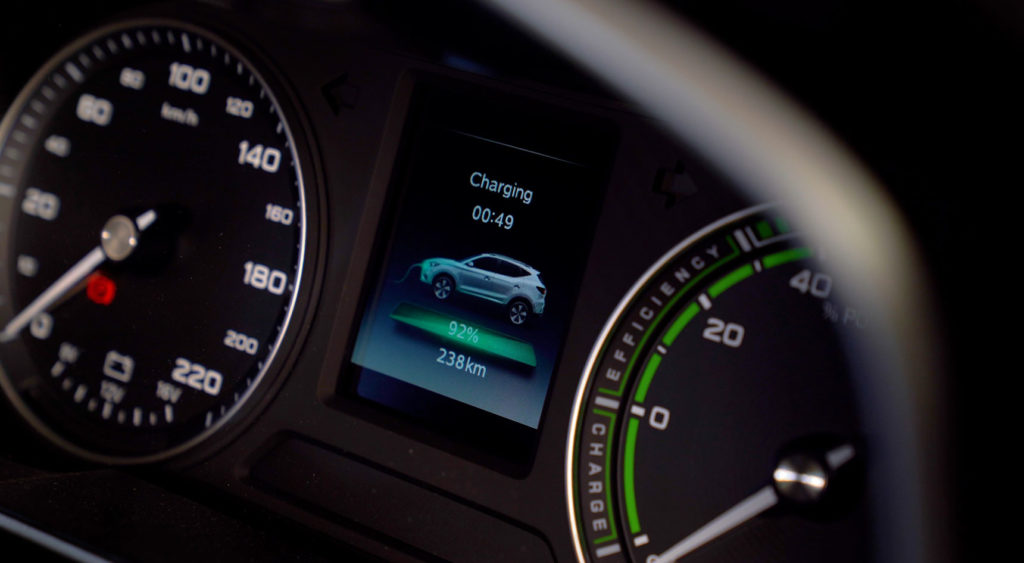How to charge an electric vehicle

Do you remember the first time you pulled up to a fuel station to refuel your car unsupervised? Did you have fuel-pump-anxiety?
As EVs grow in popularity on Aussie roads, we figured there are probably a few new EV owners experiencing this all over again – only this time, with an EV charger rather than a fuel pump.
Check out our video below to see how to charge an EV using two types of chargers.
Let’s take a closer look at the two types of chargers we used.
Like appliances in your home get their power from electricity, an EV works by using electricity to charge a battery which then supplies electrical energy to the car’s motor.
An AC charger, which uses power from the grid, supplies electricity to an on-board charger, or a converter, which converts the supply to DC power and feeds it into the battery.
This is usually the process for home charging devices. A level 1 charger is the slowest way to charge your car, using a wall socket at home. A plug-in wall box, which can be installed in the home, or some public AC chargers are considered level 2 and will offer three times the charging speed in some cases.
The speed at which your car will charge will vary based on the model you own, but these are able to charge normally up to 22kWh. In other words, in 10 minutes these charges give about 7km to 11km range.
Most AC chargers will require you to bring your own portable charger.

DC charging, on the other hand, is much faster. EV batteries can only store DC power, so this type of charger has a converter built into it allowing it to deliver power directly to the battery much faster than AC chargers can. This is a level 3. These chargers are usually found in public spaces, and cars can get about 50km to 350km range of charging in approximately 10 minutes. However, this depends on the capacity of the charger, which vary.
DC chargers come equipped with a cable that plugs into your car.
To find a charging station you can use the Chargefox app, which also allows you to pay for your charge with your phone or tablet.

